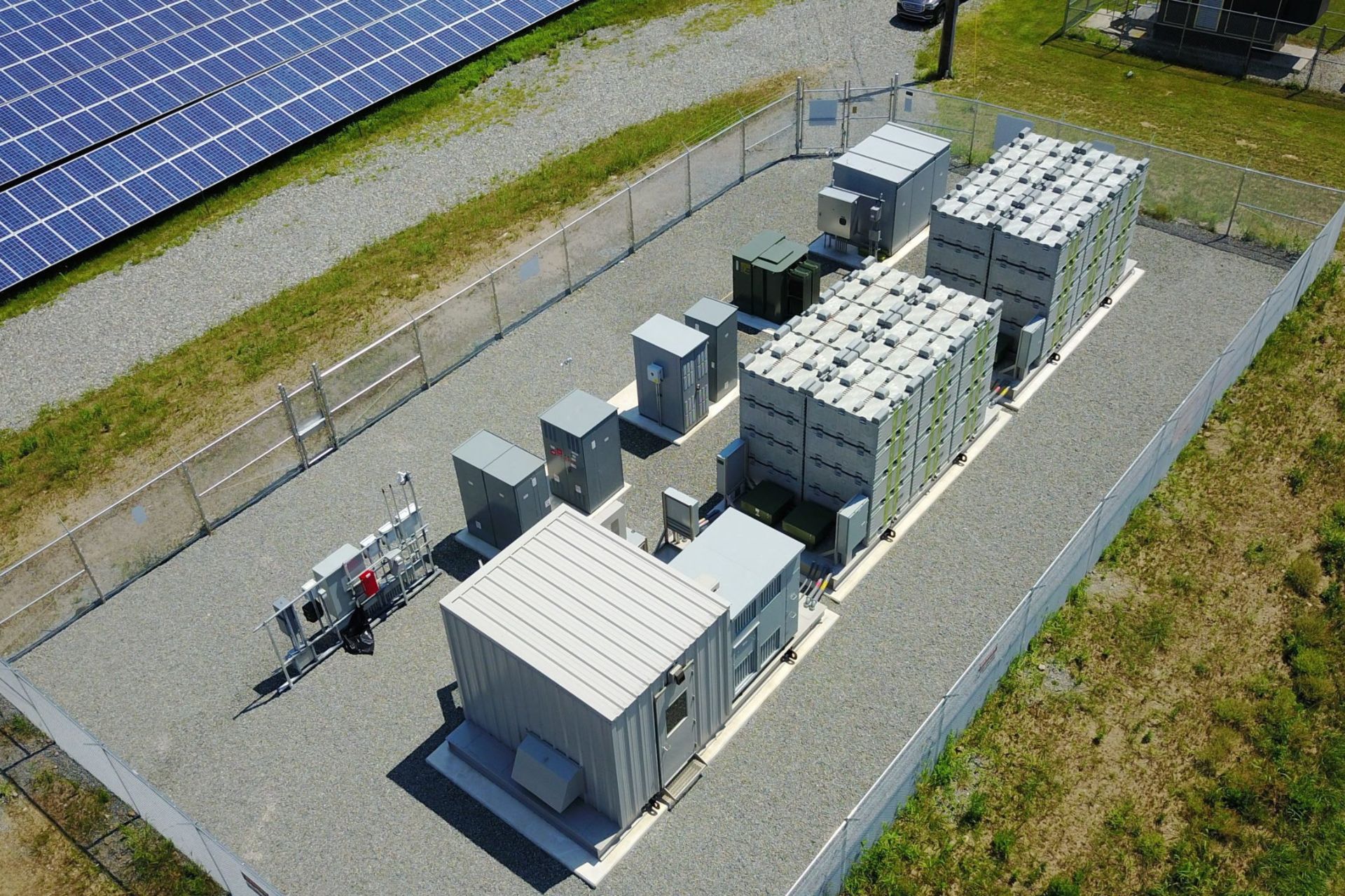IRENA (International Renewable Energy Agency) released a report summarizing the application of energy storage systems in the context of transmission networks and renewable energies, such as solar and wind.
The summary is part of the project “Innovation scenario for a future with renewable energy”, which maps innovations, identifies synergies and formulates solutions to integrate high shares of variable renewable energy (VRE) into energy systems.
According to IRENA, the growing participation of renewable energy in energy systems, especially from variable sources, requires efficient management of transmission and distribution networks to avoid congestion.
The traditional approach to increasing network capacity is to reinforce the system with additional components (for example, by adding overhead lines or upgrading existing cables).
As an alternative to expensive upgrades to transmission and distribution infrastructure, wireless possibilities, also called virtual power lines (VPLs), are being introduced. In practice, VPLs are a particular application of batteries.
According to the report, instead of reinforcing or building additional transmission and distribution systems, energy storage systems (ESSs) connected at certain points on the grid can support existing infrastructure and improve system performance and reliability.
Virtual rows consider storage connected in at least two locations. The first is on the supply side, close to the renewable generation source, which stores excess production of renewable electricity that cannot be transmitted due to grid congestion. Such storage avoids the need to reduce generation.
Second, it can be used wherever transmission capacity is available. In this second case, the ESS is used to meet demand during periods in which there is insufficient transmission capacity, using batteries charged during previous periods of low demand and free transmission capacity.
Ultimately, virtual lines (VLPs) are the application of storage (ESS) to help manage network congestion without interfering with the balance between demand and supply.
“Used as VPLs, battery-scale storage offers a technical alternative for adding capacity to the electrical grid, as well as increasing system reliability and security. The objective of using VPLs is to make additional electricity capacity available much faster and, in some cases, at a lower cost than seeking conventional infrastructure reinforcement or expansion”, highlights the report.
“VPLs provide a particularly cost-effective solution when congestion occurs during specific rare events, such as extremely high temperatures during the summer, and when expensive upgrades to the network would be underutilized. Furthermore, if regulations allow, the ESS can also support the system by providing ancillary services such as frequency regulation, voltage support and spinning reserves.”
VLPs can be implemented with batteries or other storage technologies (such as thermal systems) with the ability to effectively meet transmission or distribution grid requirements. Technology must be chosen according to time/duration/scale as well as technical capabilities to provide the required services.
Main contributions of NPVs
- Reduced VRE cut due to network congestion;
- Faster and more flexible solution compared to network reinforcement;
- Using batteries to provide additional services.
Several countries are testing VLP, such as Australia, France, Germany, India, Italy and the United States. The storage capacity of the projects is currently 3 GW. According to IRENA, the expected growth of battery storage in transmission is 14.3 GW by 2026.
One of the key factors for efficient NPV implementation involves constructing regulations that position the battery as a grid asset, as a market participant, or both. “For example, if the ESS is classified as a market-based asset, transmission and distribution operators may face restrictions on owning or operating the asset. If it is classified as a network asset and used as NPV, it may not be qualified to provide services in a competitive market-based environment.”
Another important point concerns digitalization. Communication systems need to be deployed in conjunction with energy management software, possibly with artificial intelligence. “Digital technologies, such as artificial intelligence, can be used to better predict and make decisions about ESS management. In the case of a multi-service business case, communication between various actors involved in the operation of the ESS is fundamental”
Over the years, the price of grid-connected battery storage services has been steadily decreasing and is expected to decrease further in the coming years. For example, the price of lithium-ion batteries has fallen by more than 30% in the past five years. This made it an affordable alternative for large capital to invest in transmission and distribution network infrastructure.


















One Response
I believe this is the path. And OFFGRID too.